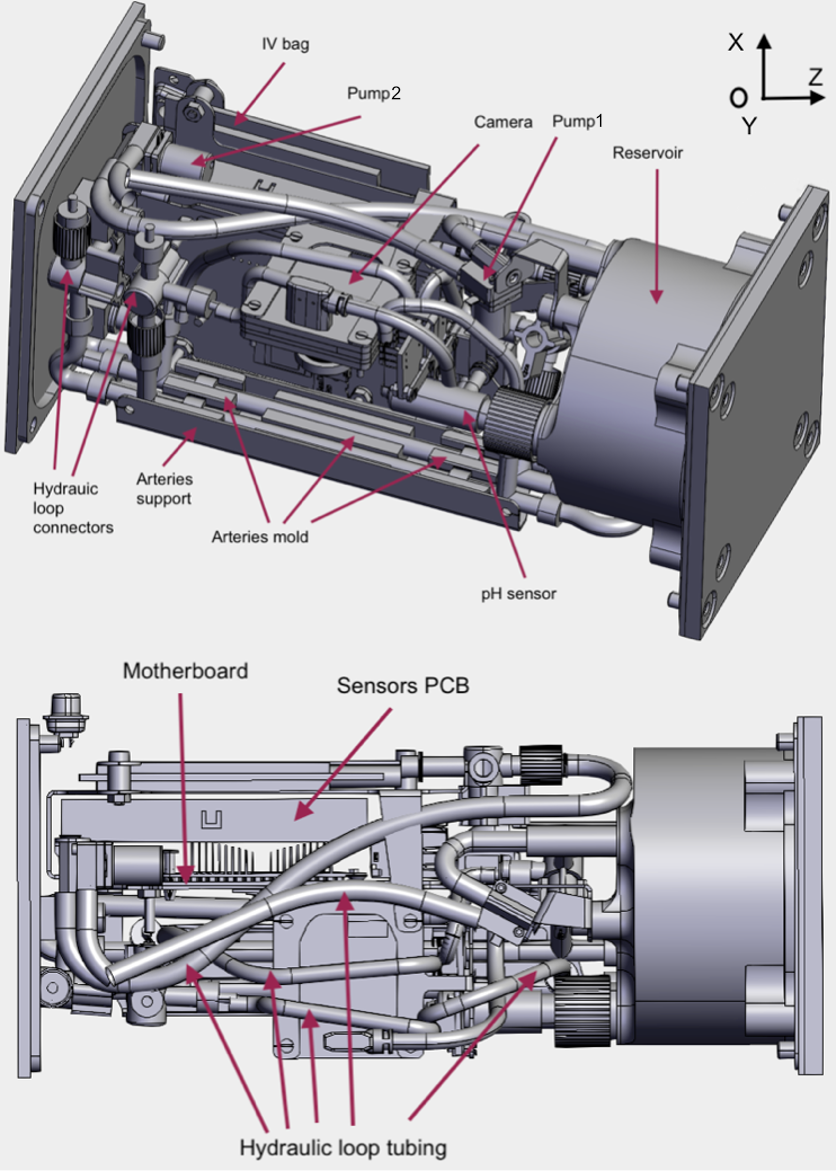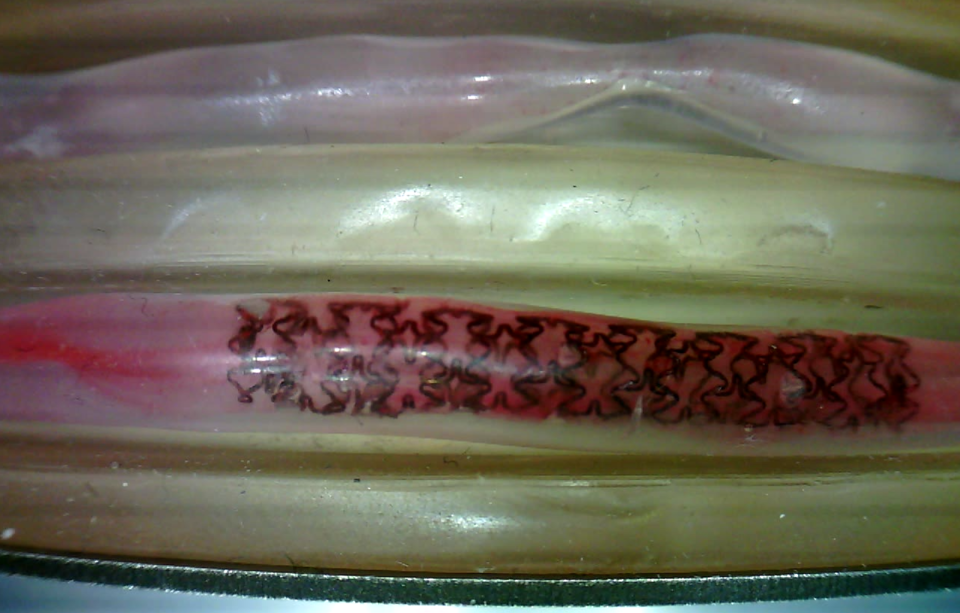AIM for the stars
In brief
The Orbit Your Thesis! team Artery in Microgravity (AIM) from university students from ISAE (Toulouse, France) and Politecnico di Torino (Turin, Italy) recently had their experiment launch to the International Space Station and started their commissioning, but things aren’t going to plan.
In-depth

On Earth, gravity plays an important role in the behaviour of liquids. The constant attraction towards the Earth’s centre means that fluid flow and density is essentially governed by gravity. On the International Space Station which is in orbit around the Earth, the effect of gravity is almost removed, leading to an environment of microgravity. This peculiar milieu is what attracted the students of AIM team to question how blood flows in arteries in microgravity.
The master and PhD students were particularly interested in blood flow through diseased arteries. This is because with the advent of commercial space flight, whilst everyone could potentially be astronauts, not all spaceflight adventurers will be at the same levels of fitness as professional astronauts. With this in mind, the science team 3D-printed replicas of two stenotic arteries from a silicone-based material through which they pump blood mimicking fluid, made of water and glycerol giving the same viscosity as blood. To visualize the blood flow, the team can inject small amounts of dye, that reveals the blood flow as it passes through the see-through arteries. The team also decided to investigate how this blood flow would be affected after a surgical intervention of implanting a stent. A stent is a small mesh which can be inserted into the artery to expand the constricted stenosis. Thus, the main objective of the team is to investigatie the dynamics of blood through surgically repaired and stenotic arteries. A secondary objective of the students is to gather information on the status of stent in the heightened radiation environment which could also affect its composition.
The journey to making the experiment come to life has been arduous. Designing an experiment that contains a large amount of fluids for the International Space Station is not trivial as there are safety concerns should the experiment leak. Many tests and verifications had to be passed to get the flight readiness certificate. As a result, the team composition changed several times with students graduating, moving on to other projects and newer students picking up the project. The team soon found out that space project management and good practices are as important as the engineering and science aspects of the project. A truly educational experience.
The launch to the International Space Station was flawless and an emotional time for the students. A few days later, astronaut Josh Cassada installed the experiment in the ICE Cubes Facility for which the experiment was designed.
We have a problem…

The educational experience hasn’t finished just yet though, on the contrary! The experiment isn’t quite behaving the way the team expected.
Soon after the experiment was plugged in and the first videos and images were sent back, it became apparent that the blood flow stopped after the first run. The team immediately suspected an air bubble had lodged itself in the main pump (pump 1), therefore causing the pump to no longer push fluid around the arteries.
Bubble formation in liquids is nothing surprising. In your kitchen, leaving a glass of water stand will reveal miniscule bubbles form on the inside of the glass within a few minutes, and, over time these coalesce and get larger. For this exact reason, the team de-gassed all their fluids before inserting them in the experiment with the aim of reducing the amount and speed at which these bubbles formed.

Not having a camera pointing towards the pump makes drawing conclusions on the reasons for blockage difficult, so the students are working furiously around the clock to replicate the problem on their ground model. Using a lab-based, Earth-bound model of their experiment enables them to test their troubleshooting protocols prior to uploading them to the space station. One idea was to run the pump in reverse, which was never implemented on the ISS as this actually burned the pump motor completely in the lab tests. So careful coordination between the students in their labs in France and Italy is necessary. Any command sent to the cube must be acknowledged by all the students and ESA prior to being implemented, so as to reduce the risk of permanently damaging the experiment whilst optimizing the chance of success. This coordination requires regular meetings amongst all partners, the students, ESA and Space Applications, which is proving to be an unparalleled educational experience for the students with having to act fast, accurately and professionally all the while harnessing lessons-learned that will surely shape their approach to space flight for the rest of their careers.

Should the team successfully dislodge the blockage, running the main pump on a regular basis would likely trap the large and the newly formed smaller bubbles in the reservoir which contains the main bulk of the blood mimicking volume. This, however doesn’t guarantee that the issue wouldn’t happen again, so if successful in getting the pump working again, the team will run through their experiment protocols as fast as possible.
Meanwhile, the second objective of their experiment assessing the effect of elevated radiation exposure to the stent is generating the expected data and the team are retrieving this data as expected















 Germany
Germany
 Austria
Austria
 Belgium
Belgium
 Denmark
Denmark
 Spain
Spain
 Estonia
Estonia
 Finland
Finland
 France
France
 Greece
Greece
 Hungary
Hungary
 Ireland
Ireland
 Italy
Italy
 Luxembourg
Luxembourg
 Norway
Norway
 The Netherlands
The Netherlands
 Poland
Poland
 Portugal
Portugal
 Czechia
Czechia
 Romania
Romania
 United Kingdom
United Kingdom
 Slovenia
Slovenia
 Sweden
Sweden
 Switzerland
Switzerland

























